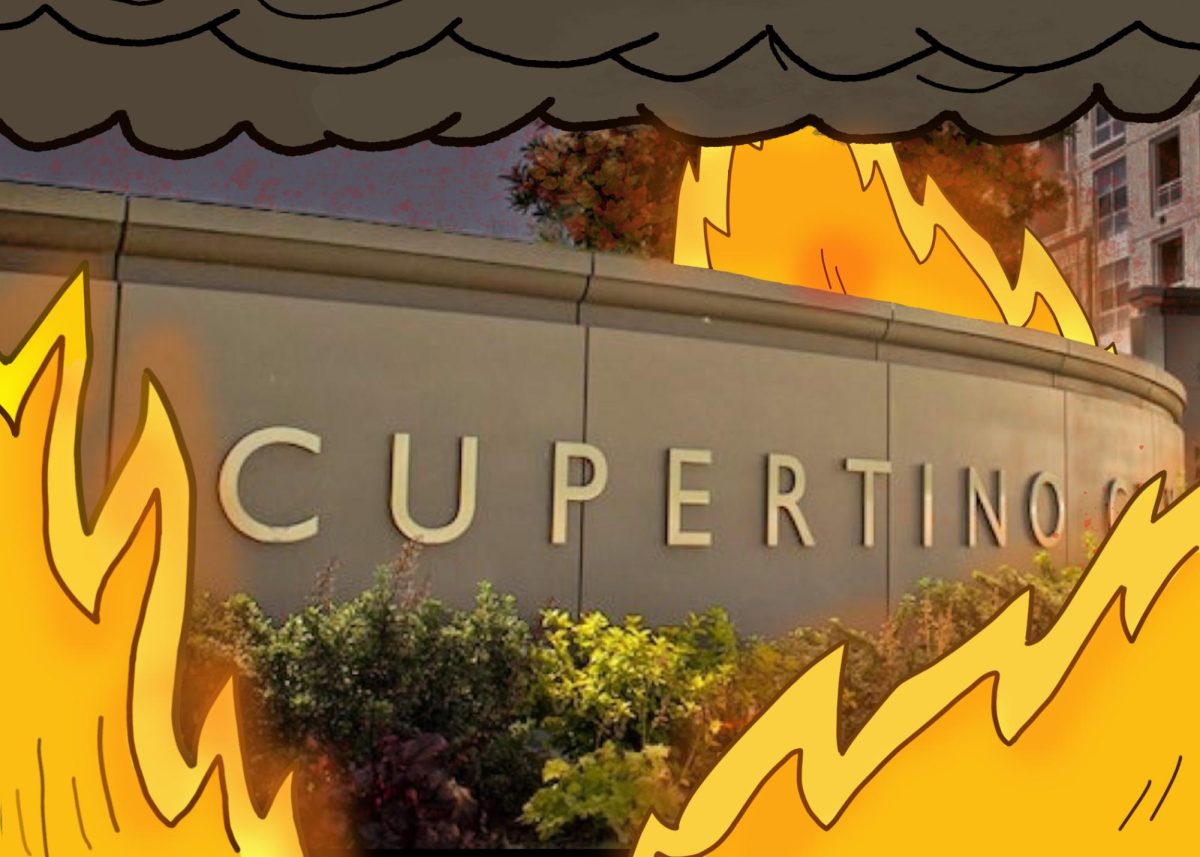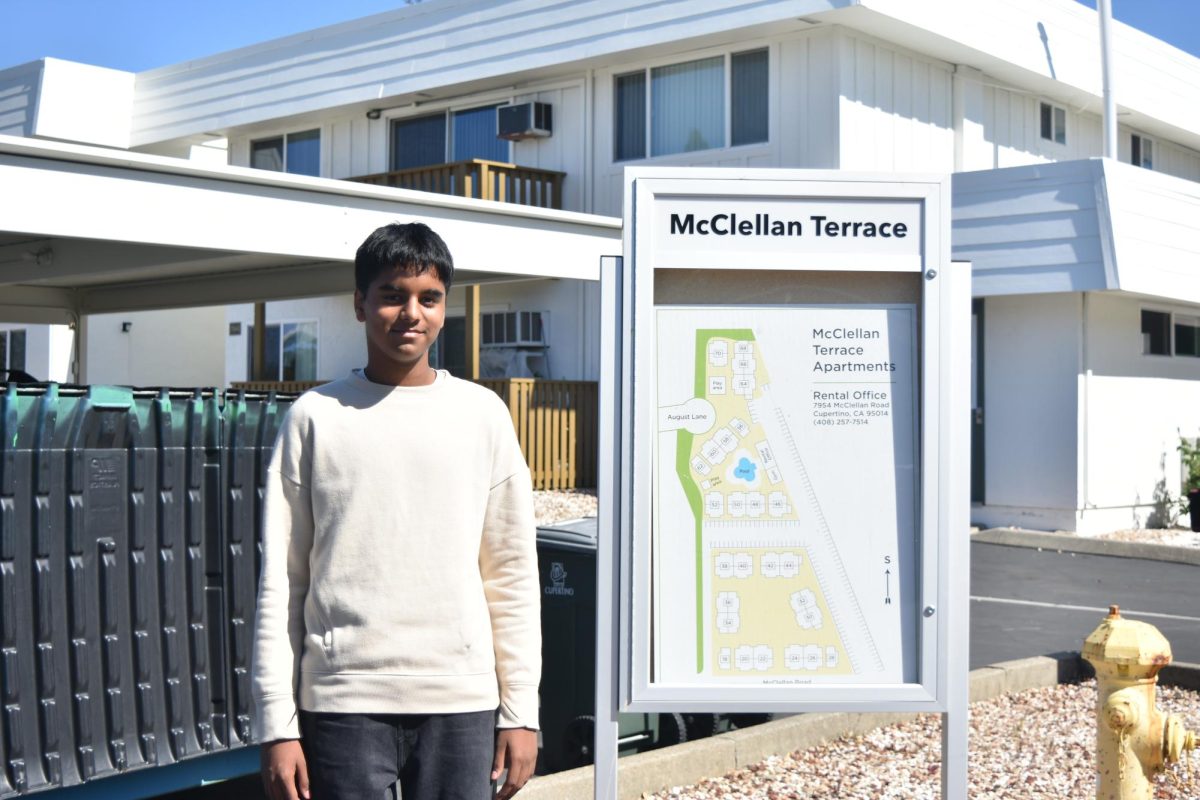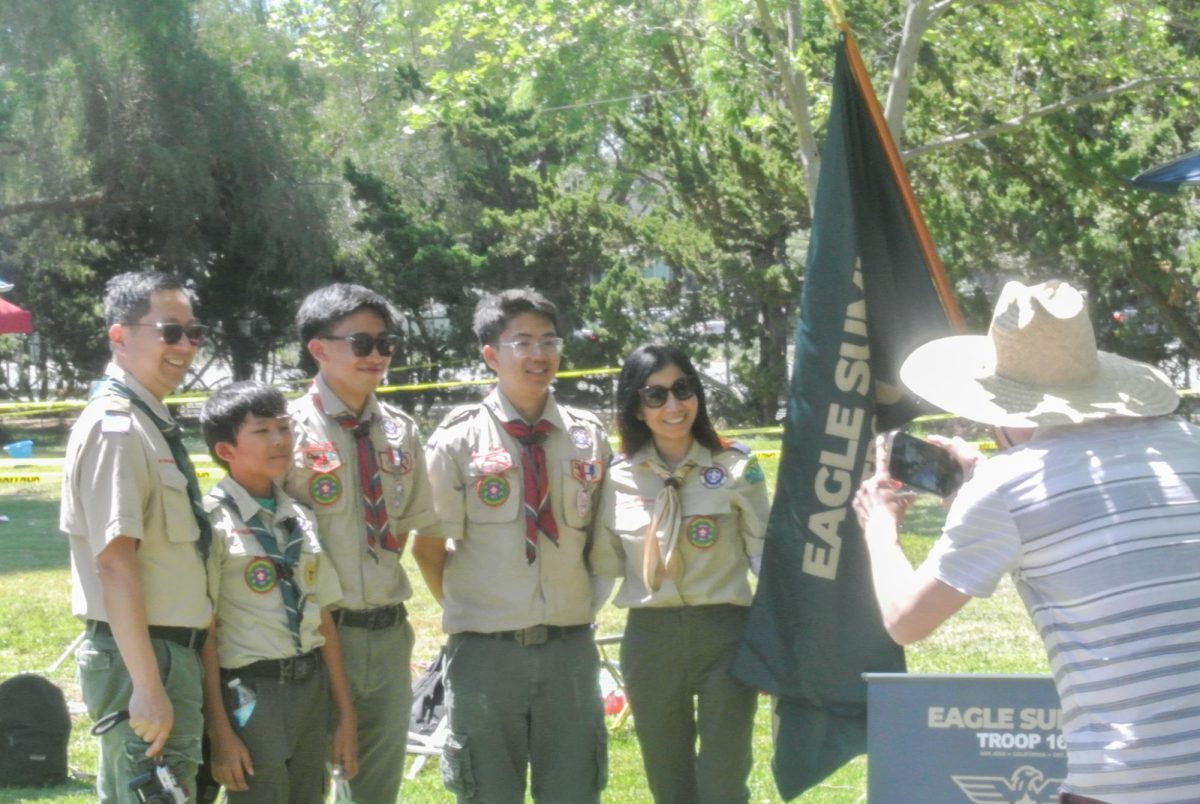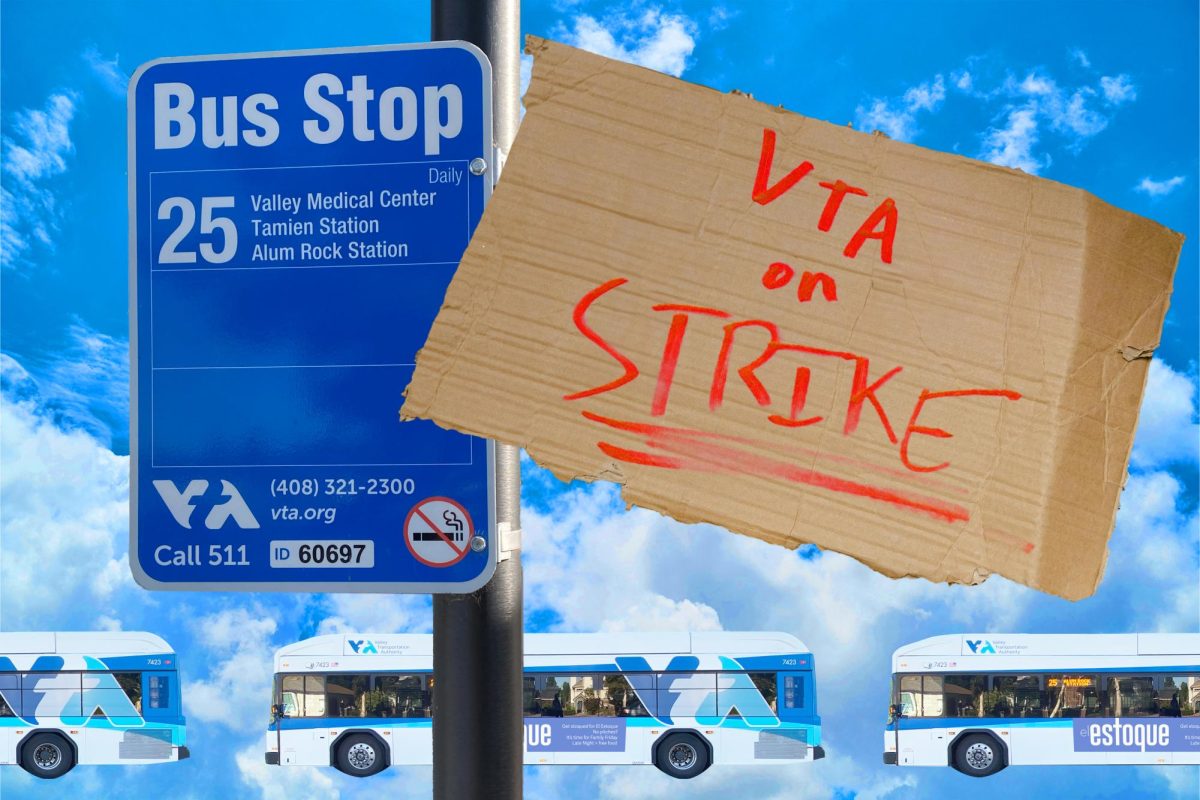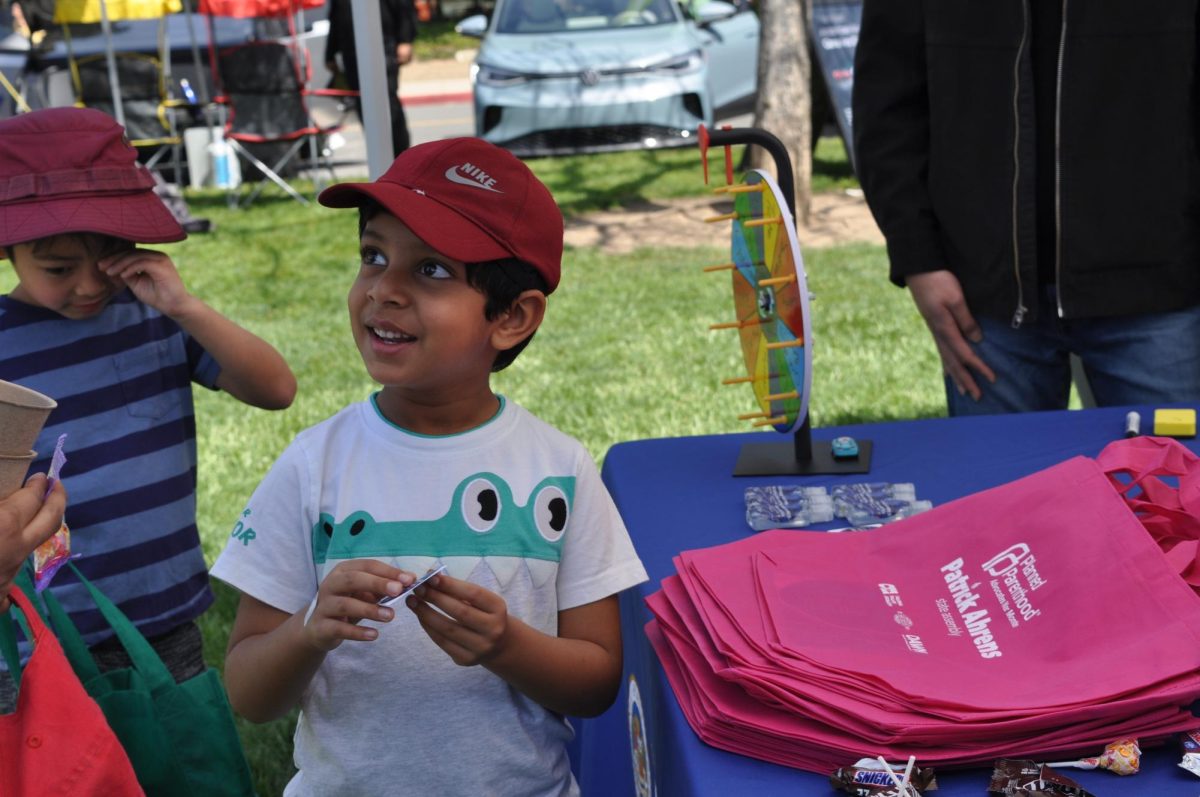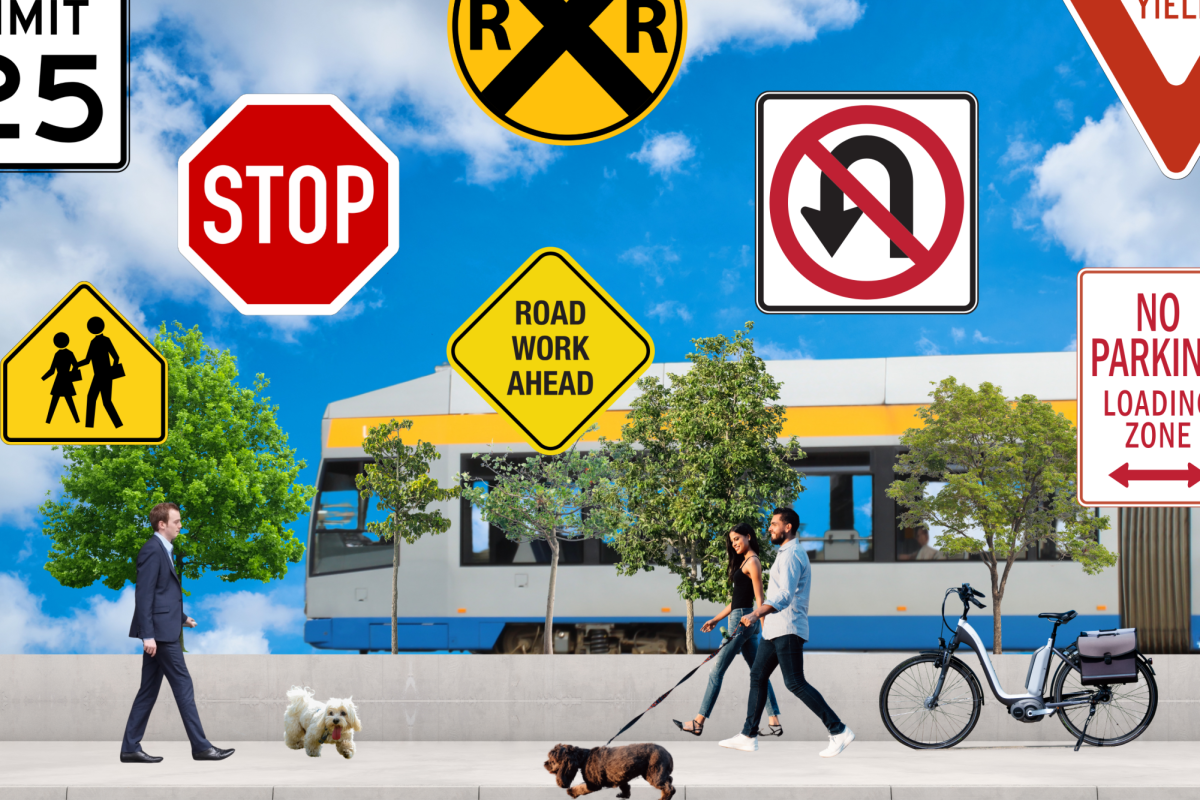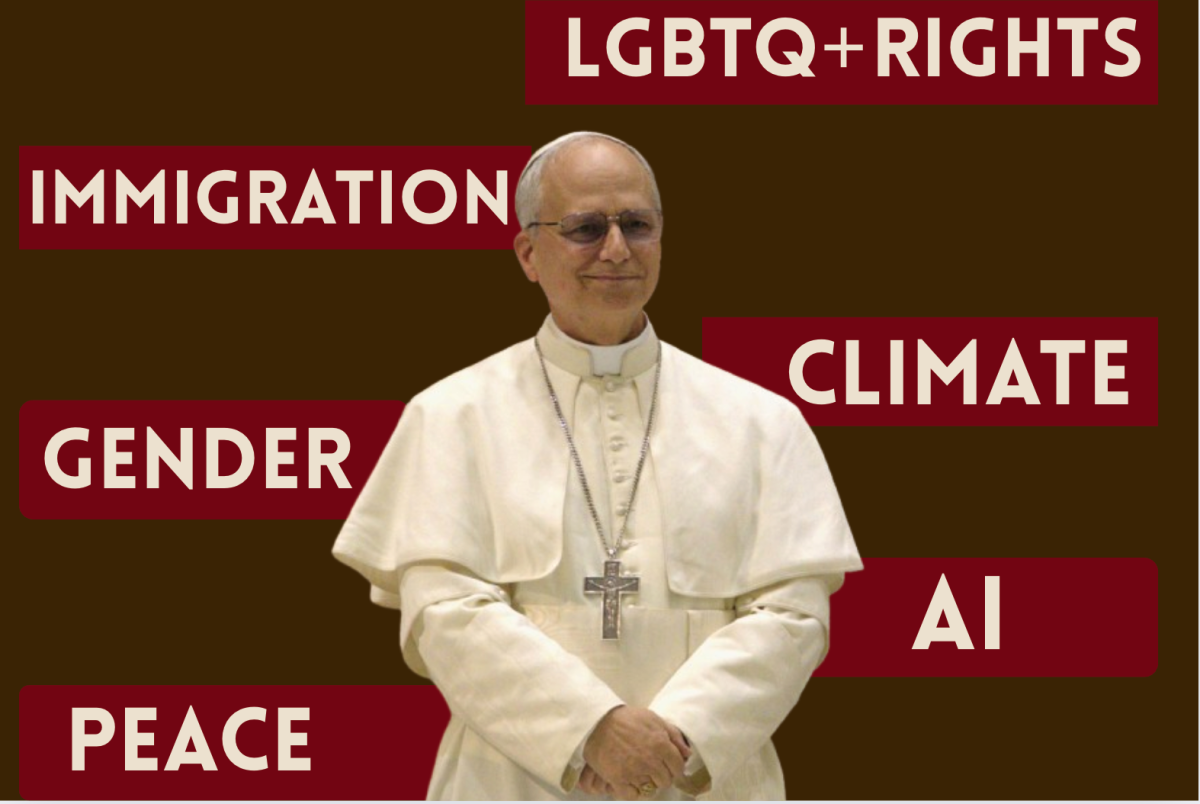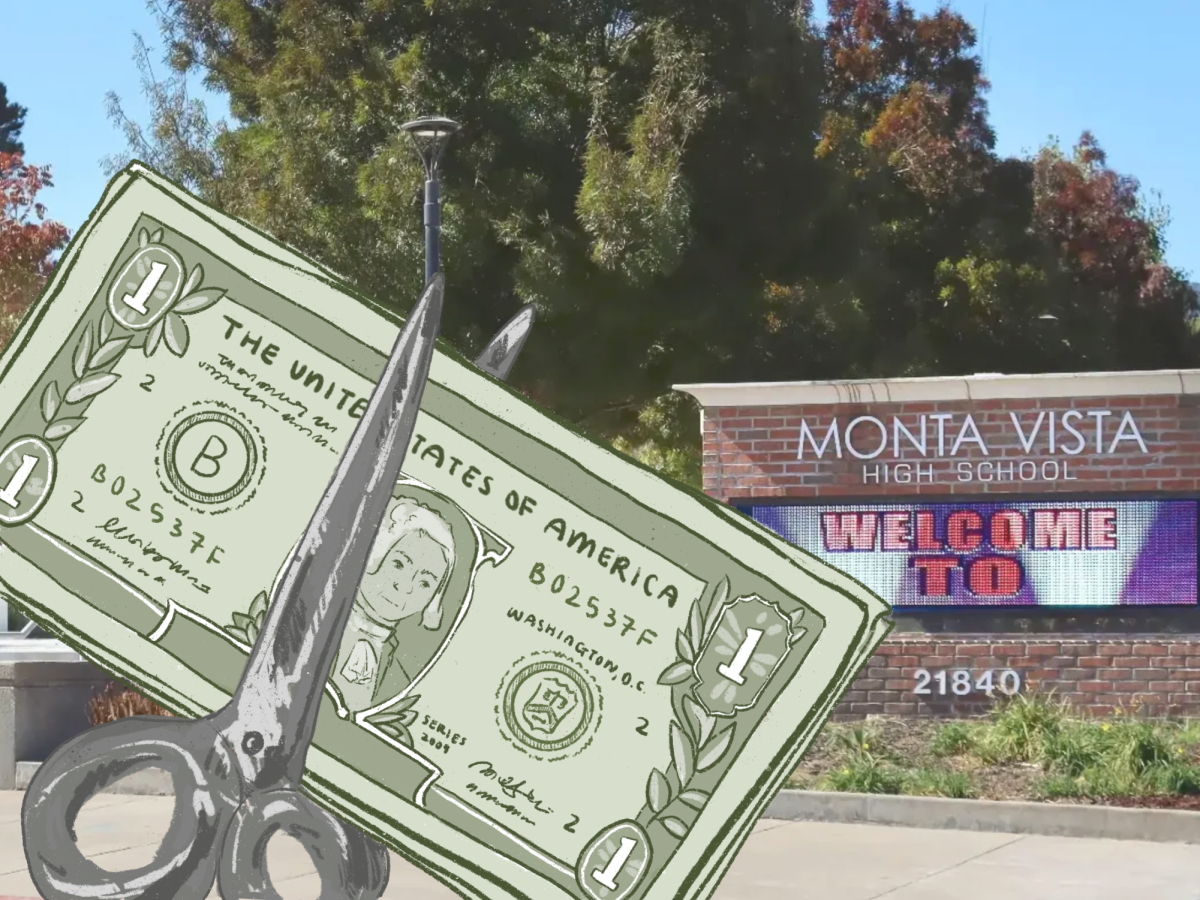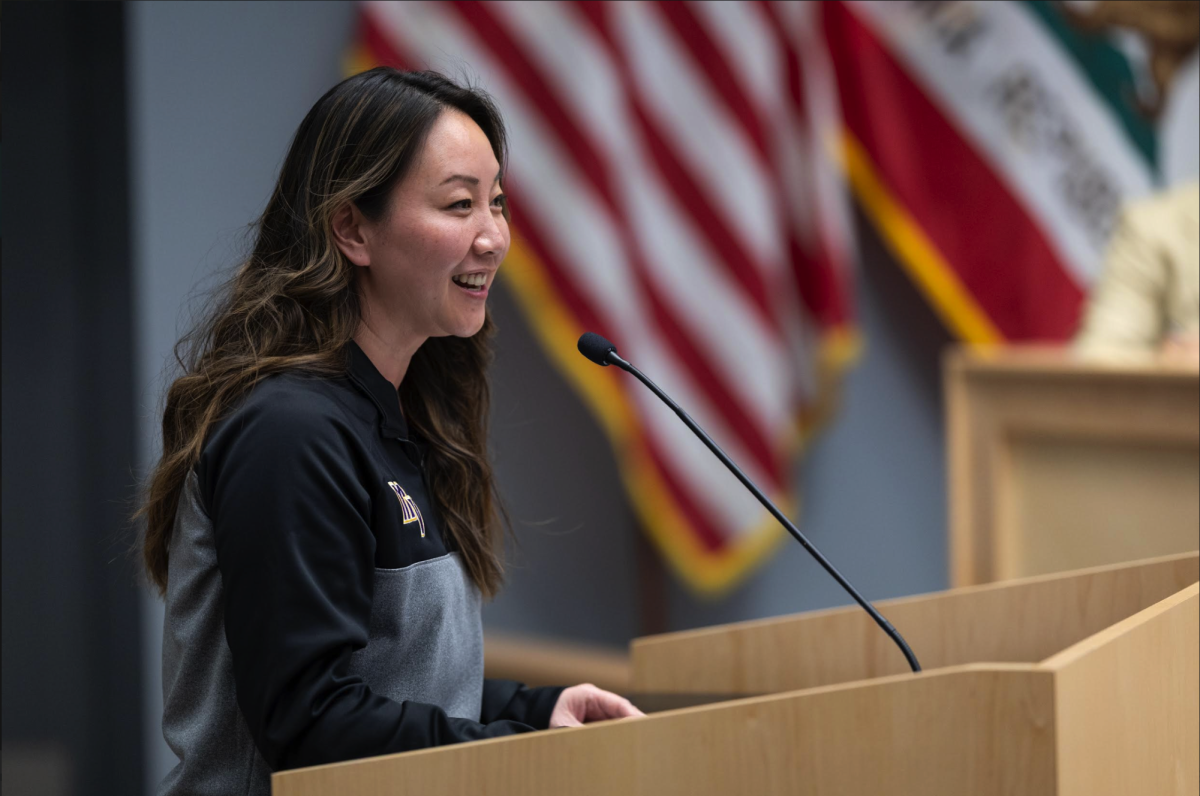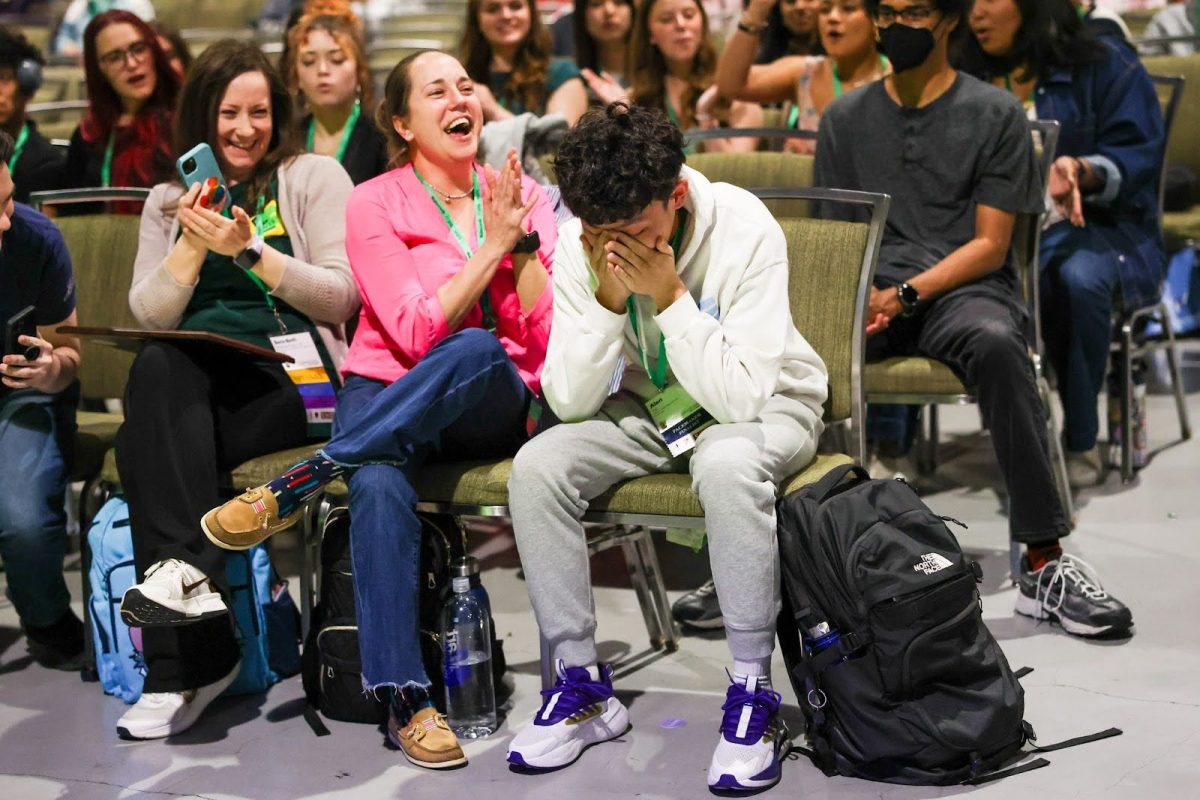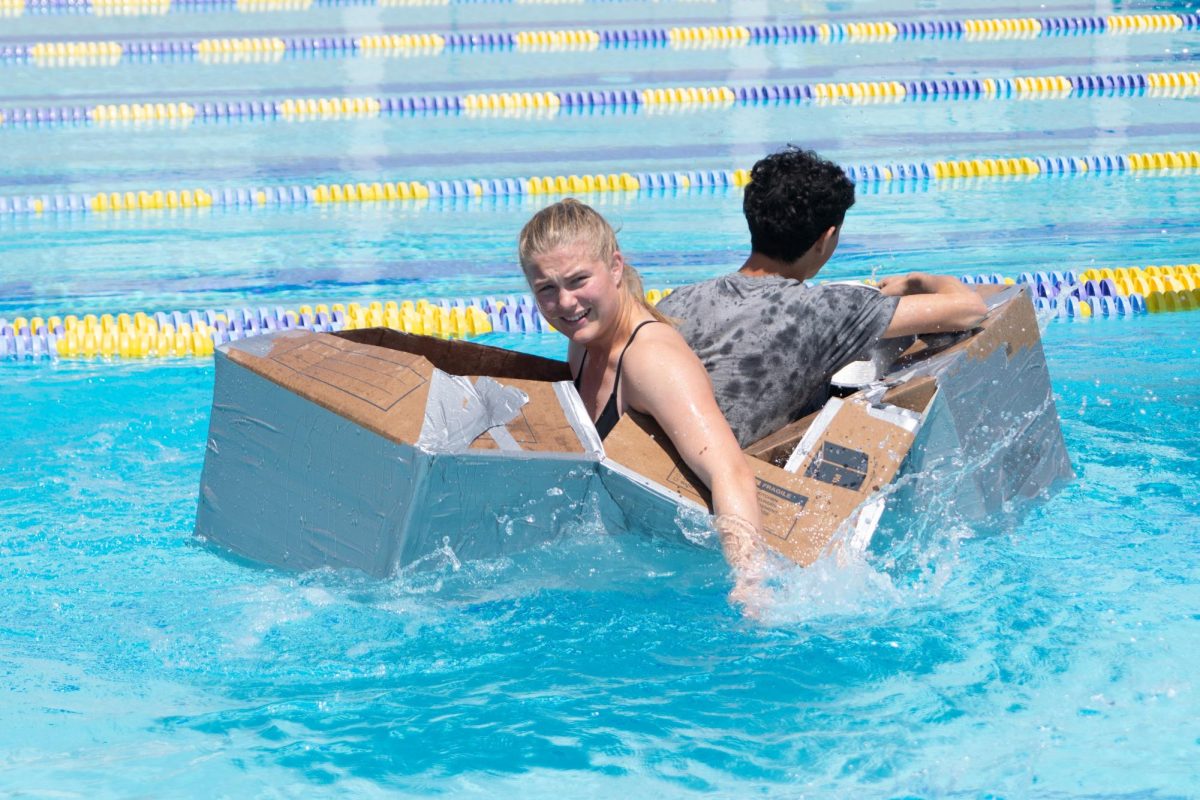Following the wildfires in Los Angeles, the newly updated 2025 CAL FIRE hazard maps have flagged more Cupertino areas as a “high hazard zone” for wildfires. From only 16 acres in the “very high hazard” zone in 2011, Cupertino now faces 1,053 acres identified as highly vulnerable to wildfires, with hundreds more in both high and moderate risk categories.
According to Fire Captain Jon Bui, this is due mostly to the prolonged droughts California faces, the dry vegetation and extreme weather conditions. To respond to these increasing risks, Santa Clara County firefighters have been deploying crews to wildfires across California.
“Northern California experienced extreme drought from 2019 to 2021, the second driest on record for the state, making vegetation highly susceptible to burning,” Bui wrote in an email. “So ongoing efforts in community education, defensible space programs and infrastructure improvements could further enhance fire readiness.”
In August 2020, just as Biology teacher Pooya Hajjarian began his new job at FUHSD, he received an evacuation order for his home in Boulder Creek due to the outbreak of the CZU lightning complex fires. Before leaving, he sprayed his roof with water but left expecting the worst. Though his house remained standing, it suffered extensive smoke and ash damage, which was a wake-up call for him for fire preparedness.
“My family started volunteering at different places in Santa Cruz, whether it was food banks, shelters — whatever was needed,” Hajjarian said. “We just wanted to give back because we knew we were fortunate that our house was still standing, while others had lost everything.”
Around the same time, seniors Lauren Kim and Niranjana Sankar founded the Wildfire Awareness Initiative in 2020 following the SCU lightning complex wildfires. For both Sankar and Kim, the fires were a jarring event that inspired them to help prepare others in similar situations.
“Even the people who had to evacuate didn’t know what they had to prepare or what they had to do, and people weren’t even aware when they would have to evacuate,” Kim said. “That’s why we started this organization. We’re trying to share wildfire preparedness material for schools or families in our community and encourage them to prepare for wildfires.”
View this post on Instagram
Starting with online slideshows, podcasts and Instagram posts, WAI then expanded to in-person community events to maximize its reach. Notable events include presenting at Cupertino’s public safety forum, teaching Boy Scouts through Kahoots and distributing their own published storybook to students. WAI plans to present at multiple environmental fairs in the upcoming months. However, despite their engagement with the community, Kim believes that it would be helpful for schools to implement learning opportunities regarding wildfires.
“I think we could start with a few presentations or educational classes during school, even advisories,” Kim said. “It is important to focus on your well-being, but it’s also important to know what’s happening around you and what to prepare for in the future too.”
During the CZU fires, many residents turned to social media for updates, as Hajjarian recalls. However, he believes the lack of official communication quickly led to confusion and fear. Without clear information from the county, rumors and speculation spread, including claims that the schools and golf courses had burned down.
“I remember I wanted more information,” Hajjarian said. “I wish the county had more to tell us because all the information I was getting was from Facebook. Facebook can be really scary when people’s worries and concerns sound like reality.”
According to Bui, Cupertino relies on two main real-time notification systems: AlertSCC and the Genasys Project. AlertSCC alerts residents of emergencies, natural disasters and important significant events, while the Genasys Project provides app-based evacuation instructions specific to location. However, Sankar believes the city needs to explore other ways to communicate non-time-sensitive information to residents.
“A lot of the information they’ve been sending is only if you’re subscribed to their mailing list, but many Cupertino residents are not,” Sankar said. “I think they need to find other avenues to share the information, like through schools or other community events where they can engage with more families.”
While staying informed is crucial, Hajjarian says he has also taken steps to protect his home from wildfires, including installing concrete siding and clearing flammable materials around his property, something Bui strongly recommends. Hajjarian stresses the importance of proactive preparation, like having a place to reunite with families and knowing what each person should bring during evacuation.
“I think just that conversation is really important, and unfortunately, doesn’t happen until it happens to you,” Hajjarian said. “Because you’re like, ‘Why would this ever happen here?’”
Bui also encourages residents to prepare an emergency go-bag with essentials and says the most common mistakes he sees are residents delaying evacuation and not signing up for emergency alerts. Kim and Sankar agree that many people are unaware of how to properly prepare for fires and believe it’s crucial to address this knowledge gap.
“People just aren’t aware of the effects it can have on a community beyond just losing your home: like health concerns, how it affects some communities more than others and also how climate change is going to make the issue worse,” Sankar said. “So it’s really important that communities prepare now, rather than just wait till the last minute.”



